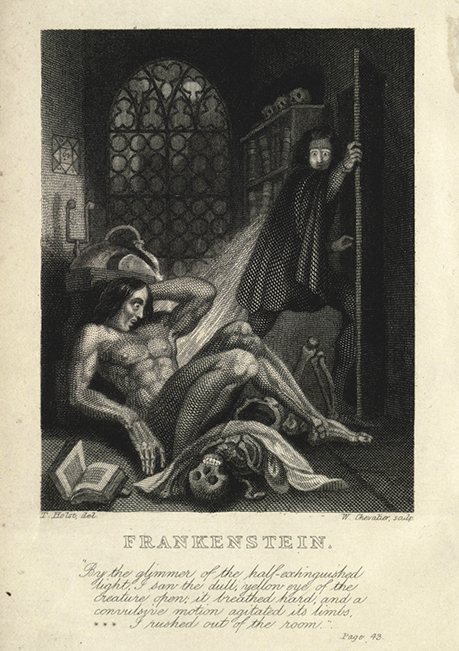
An innovative Samford University faculty development project originated with 19th century French architecture students, who loaded their designs onto a charette (cart) for group critique. Professionals in many disciplines now work en charette to solve problems, innovate and refine ideas together.
Samford's five-year charette program–led by Center for Teaching, Learning and Scholarship Director Eric Fournier, Howard College of Arts and Sciences Associate Dean Don Bradley and Associate Librarian and Instruction Coordinator Lauren Young–is part of Samford’s overall Quality Enhancement Plan, which emphasizes “transformative learning through powerful assignments.”
Faculty who take part in the charettes gather with their assignments, pass them around and improve them based on the suggestions and ideas of their colleagues. “It’s a simple process that’s meant to be low pressure and collaborative,” Bradley said. The work relieves the isolation of assignment development, challenges faculty to stay out of ruts and avoid academic jargon and assumptions that can make assignments difficult for students to understand, especially in a first-year college course that might be far afield from students’ interests and strengths.
Bradley said research at multiple universities found notable benefits to the kinds of transparent, engaging assignments encouraged by this process. Such assignments were found to increase ratings of student self-confidence, increase clarity of expectations and increase the likelihood of completing a course, especially for first generation students. The conclusion, he said, is that “reasonably modest changes in assignments can have substantial benefits, particularly for students at risk.”
The charettes, begun in the fall of 2017, have grown beyond Howard College of Arts and Sciences to include faculty from Orlean Beeson School of Education and the School of Health Professions. School of the Arts professor Stephen Watson was named the first “Level Up Fellow”. As it expands, the program continues to attend to the university’s Core Curriculum–the courses that are the foundation of every Samford degree–in order to help as many students as possible gain that benefit as soon as possible
English professor Julie Steward brought to the spring charette an assignment related to Mary Shelley’s Frankenstein, a common text for Cultural Perspectives (CP) 102. “It’s the universal blood donor of novels” that covers every theme addressed in that core course, she said.
Recognizing that CP students are diverse in their academic and professional interests, Steward sought a “real-world component” as a way for them to find personal meaning in the novel. “One of the most important challenges in that course is for students not to think of it as a box to check until they can get to their major,” she said.
With help from charette colleagues, Steward developed an assignment that required students to choose one issue from Frankenstein that pertains to life in the 21st century. Beyond that, they were free to choose topics ranging from genetic engineering to poverty, research them, evaluate sources and create annotated biographies with the help of Samford research librarians.
Steward said the new assignment had the desired effect, creating a diverse group of projects that energized the students and helped them see value in the work beyond the course. “I imagine that a couple of years from now that they’ll be in other classes—psychology, chemistry, biology– and think ‘oh, yeah, we talked about that in Frankenstein,’ and it’ll come full circle, so that that they see how this education connects across disciplines,” she said. Then the CP students become the scientists, medical professionals, journalists, lawmakers, educators and investment bankers who bring a unique understanding to the looming challenges of biotechnology and artificial intelligence, for example.
“What we’re teaching you in this class is not only a subject–these important philosophers and historians and literary figures–but also a way of thinking,” Steward said. “We’re welcoming you into the intellectual academic community and teaching you to think critically.” That skill benefits students at all levels, she said, and is modeled by faculty who apply it to their own work. “To be challenged with new ways of thinking about teaching can only make us all better faculty.”
